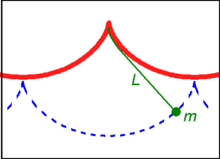
This website reports the latest discoveries in physics. There are tons of information about different subjects in physics. In the explore tag there is a search bar where they provide a lot of different websites on the topics you search up. The websites are rated so you know if they are useful. There are a lot of intriguing topics, such as things that we wonder about everyday. There are many articles, videos and experiments. It covers a huge amount of information needed for my project.





